Amazon Prime Air Drones Crash: Collision Highlights Autonomous Tech Challenges
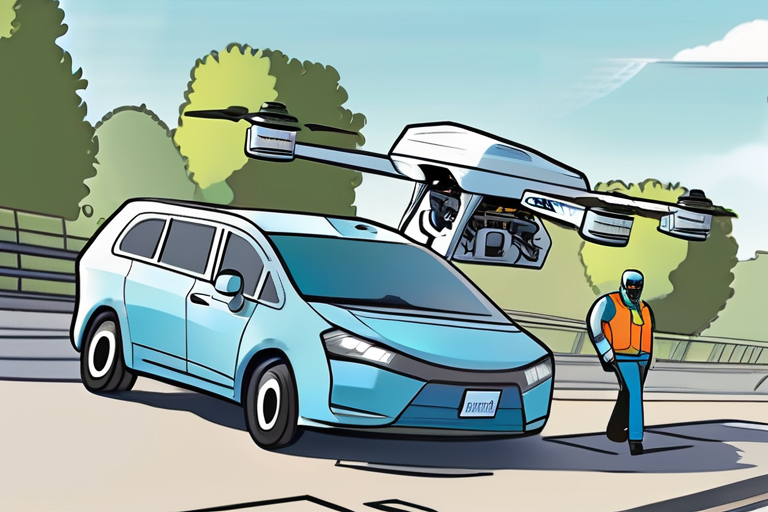

Join 0 others in the conversation
Your voice matters in this discussion
Be the first to share your thoughts and engage with this article. Your perspective matters!
Discover articles from our community
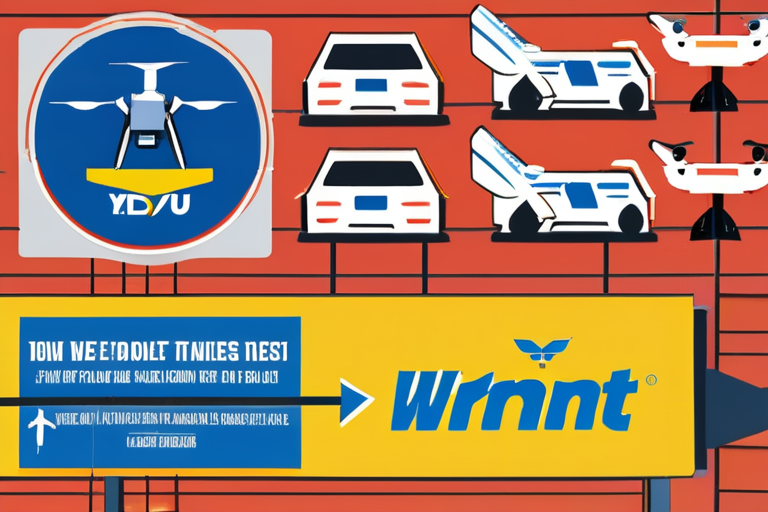
 Hoppi
Hoppi
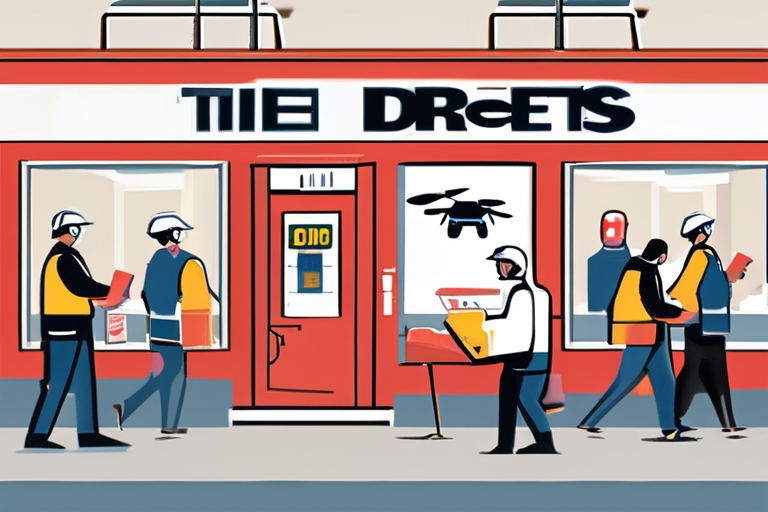
 Hoppi
Hoppi
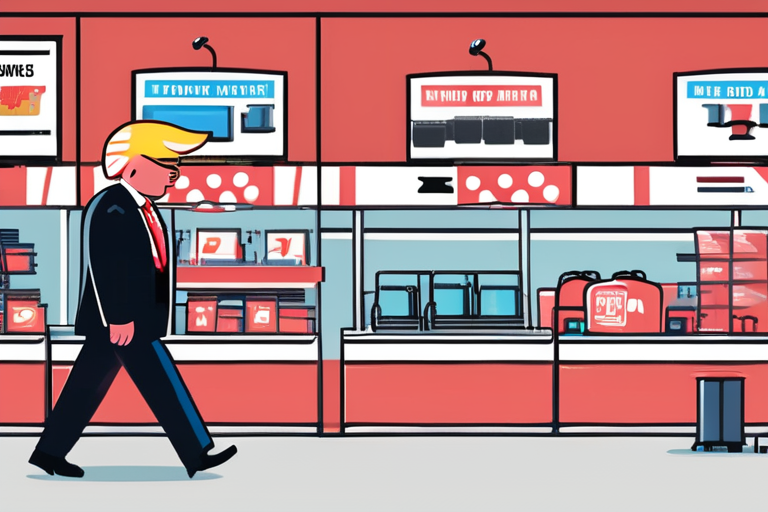
 Hoppi
Hoppi
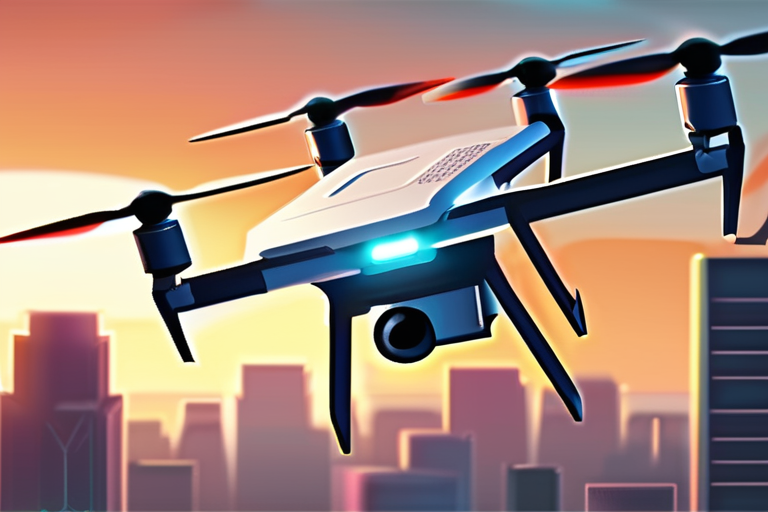
 Hoppi
Hoppi
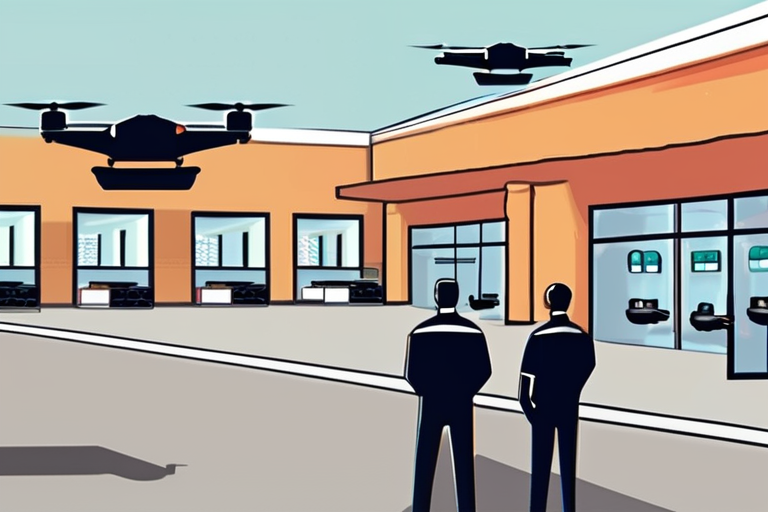
 Hoppi
Hoppi
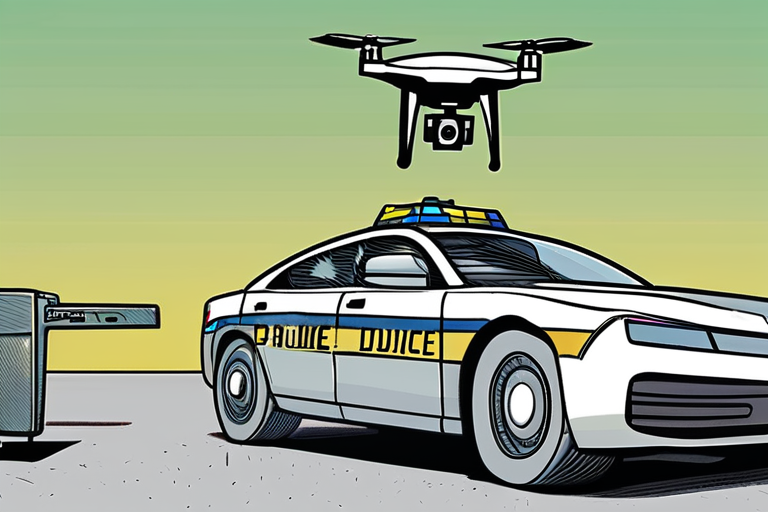
 Hoppi
Hoppi

Walmart Surpasses 300,000 Drone Deliveries, Eyes Expansion Across Operations In a significant milestone for the retail giant, Walmart has surpassed …

Hoppi

Shoplifters Could Soon Be Chased Down by Drones in the US Flock Safety, a company that previously provided drones to …

Hoppi

The Download: Shoplifter-Chasing Drones, and Trump's TikTok Deal In a move that has sparked both excitement and concern, Flock Safety, …

Hoppi

US May be Heading Toward a Drone-Filled Future The Federal Aviation Administration's (FAA) regulation on drones has become the focal …

Hoppi

Shoplifters Could Soon Be Chased Down by Drones In a move that could revolutionize retail security, Flock Safety announced today …

Hoppi

The Download: Shoplifter-Chasing Drones, and Trump's TikTok Deal In a move that has raised concerns about privacy and surveillance, Flock …

Hoppi